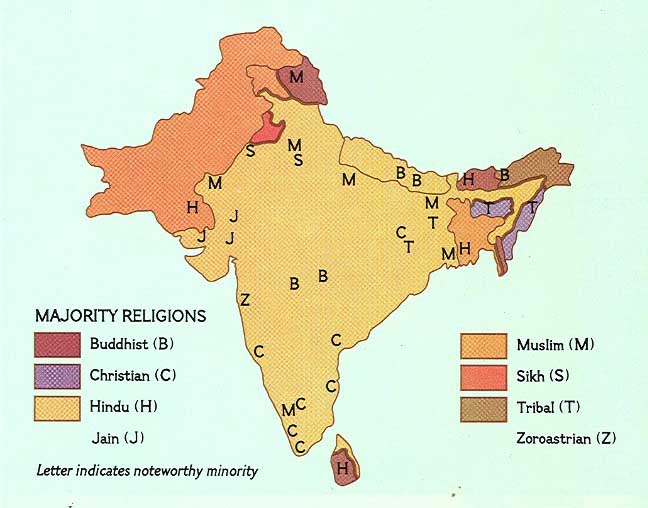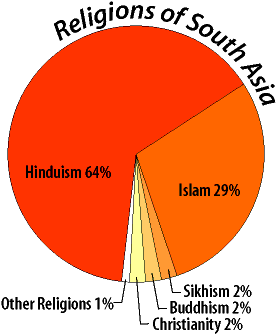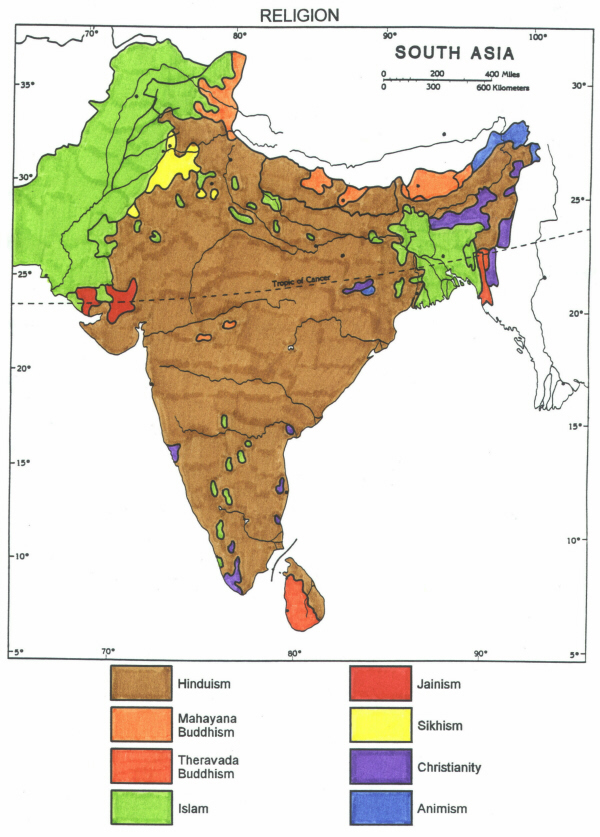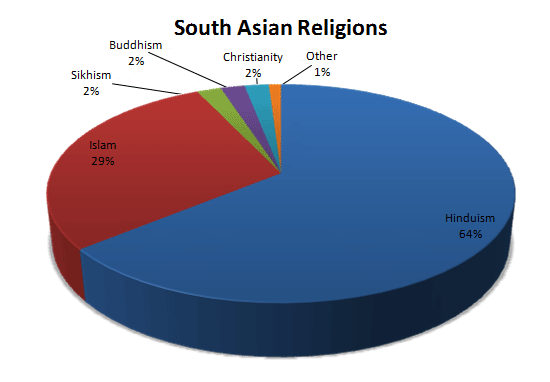The South Asian community in the United States has a range of needs and concerns. As a community of over 4.3 million individuals, South Asians come from diverse areas, speak many languages, and affiliate with various religions.
South Asian Canadians are Canadians who were either born in or can trace their ancestry to South Asia, which includes nations such as India, Pakistan, Bangladesh, Sri Lanka and Nepal.
Bibliography Anderson, Allan. Zion and Pentecost: The Spirituality and Experience of Pentecostal and Zionist/Apostolic Churches in South Africa.
asia timeline and more – by worldatlas.com
About SOAS; Study at SOAS; International; Departments; Research; Business; SOAS Life; Library; Students; MySOAS (Staff) MySOAS Student; Alumni; Media; Jobs; Contact Us; …




South Asia or Southern Asia (also known as Indian subcontinent) is a term used to represent the southern region of the Asian continent, which comprises the sub-Himalayan SAARC countries and, for some authorities, adjoining countries to the west and east.
This is a list of religions and spiritual traditions.Some entries are written more than once.

Article and statistics on the popularity of various religions in the Asian American community, along with how religion, spirituality, and faith affect the daily lives of Asian …




History of Southeast Asia: History of Southeast Asia, history of the area from prehistoric times to the contemporary period. Knowledge of the early prehistory of Southeast Asia has undergone exceptionally rapid change as a result of archaeological discoveries made since the 1960s, although the interpretation of these

South Asian arts: South Asian arts, the literary, performing, and visual arts of India, Pakistan, Bangladesh, and Sri Lanka. Despite a history of ethnic, linguistic, and political fragmentation, the people of the Indian subcontinent are unified by a common cultural and ethical outlook; a wealth of ancient textual